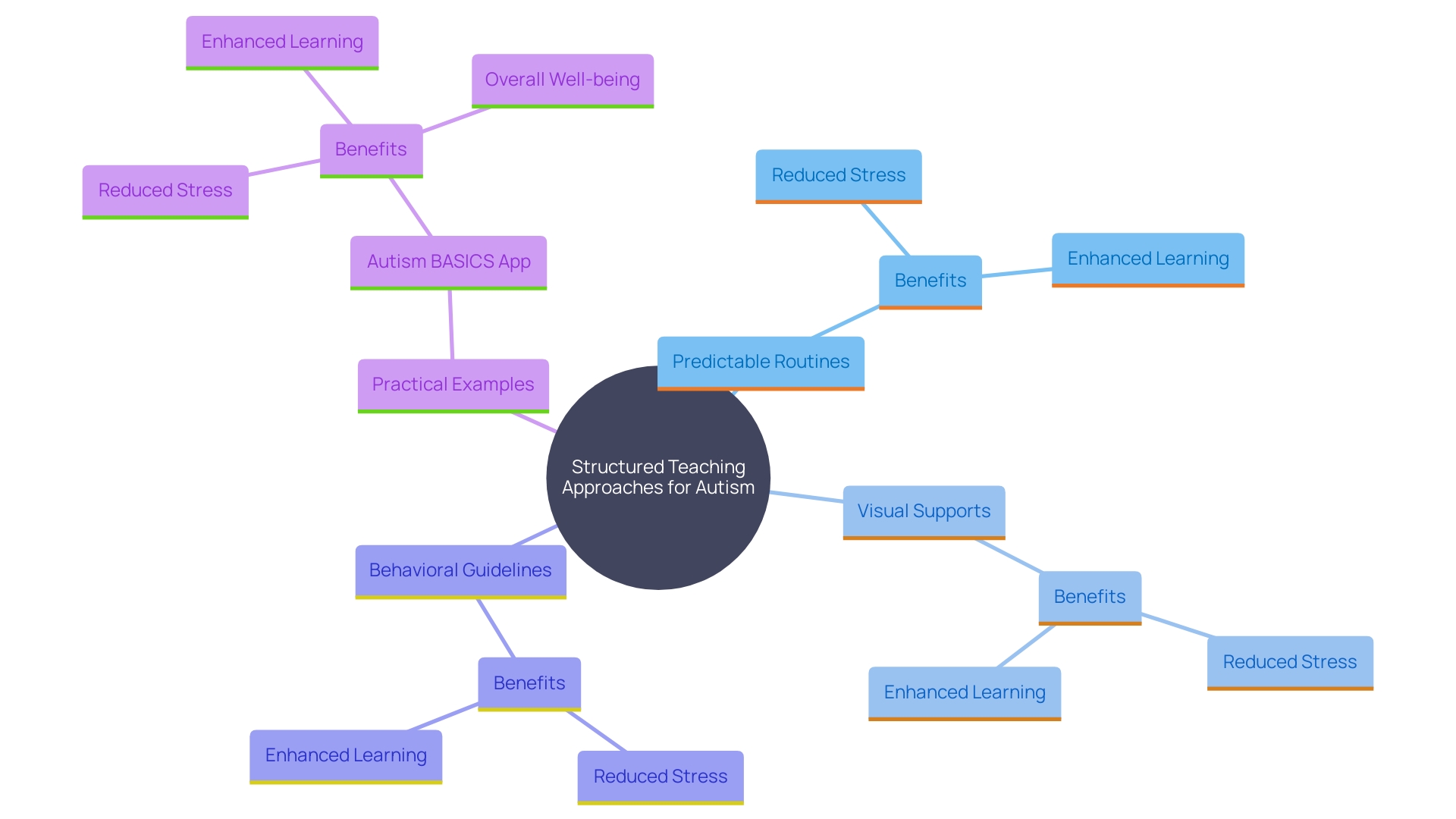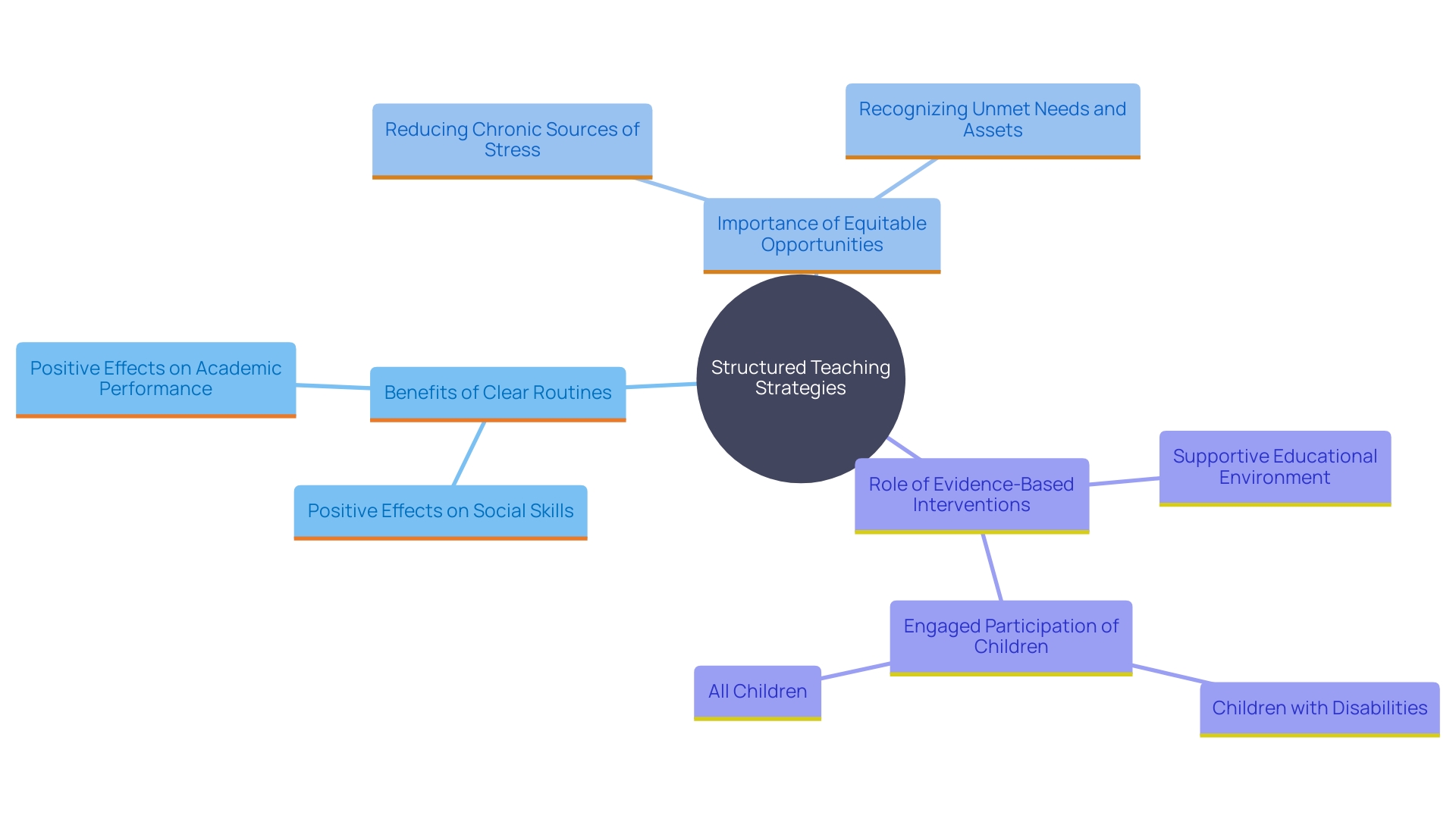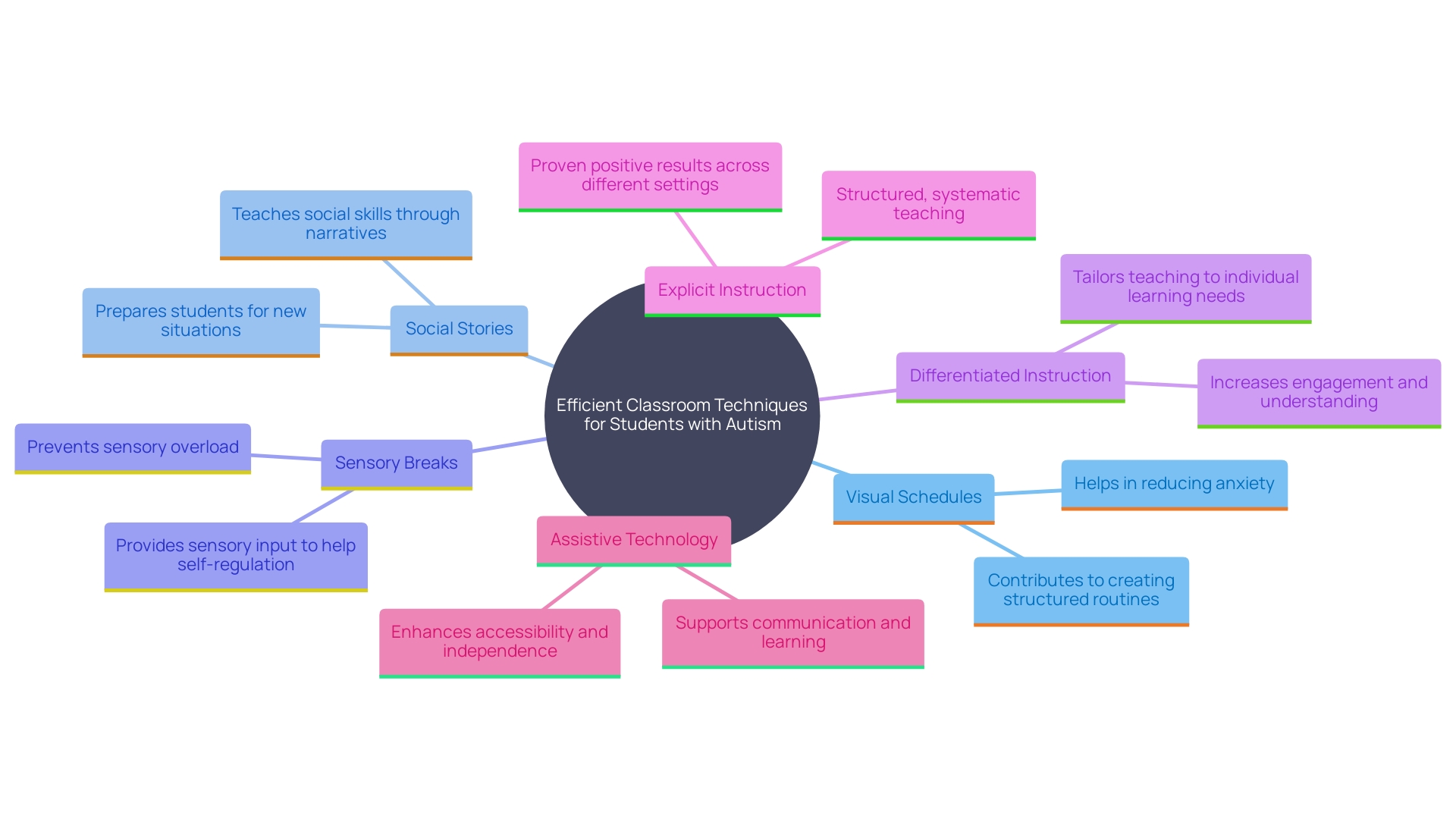Introduction
Individualized Education Programs (IEPs) play a crucial role in ensuring that children with autism receive the personalized educational support they need. These programs are meticulously crafted to cater to the distinct needs of each child, incorporating specific goals, accommodations, and strategies to foster success in the classroom. This collaborative effort between parents and educators is fundamental in advocating for the child's unique requirements, ensuring the provision of adequate resources for their learning and development.
The establishment and reinforcement of IEPs are supported by a robust legal framework, which includes the Individuals with Disabilities Education Act (IDEA). This act mandates that children with disabilities, including those with autism, have access to an inclusive educational environment from an early age. The importance of early intervention cannot be overstated, as it sets the stage for continued inclusion as children transition into elementary school and beyond.
Autistic children often face additional challenges, including co-occurring emotional and behavioral problems, which can hinder their participation in school and community activities. Thus, tailored interventions within the IEP are essential to address both their educational and social needs. Research and recommendations from institutions such as the National Academies of Sciences, Engineering, and Medicine emphasize the importance of these individualized programs.
They advocate for increased public awareness and understanding of the science supporting inclusion, reinforcing the necessity of such programs.
The Importance of Individualized Education Programs (IEPs)
Individualized Education Programs (IEPs) play a crucial role in ensuring that youngsters with autism receive the tailored educational support they require. These programs are meticulously crafted to cater to the distinct needs of each student, incorporating specific goals, accommodations, and strategies to foster success in the classroom. This collaborative effort between parents and educators is fundamental in advocating for the young individual's unique requirements, ensuring the provision of adequate resources for their learning and development.
The establishment and reinforcement of IEPs are supported by a robust legal framework, which includes the Individuals with Disabilities Education Act (IDEA). This act mandates that individuals with disabilities, including those with autism, have access to an inclusive educational environment from an early age. The significance of early intervention cannot be overstated, as it establishes the foundation for ongoing inclusion as youngsters progress into elementary school and beyond.
Autistic children often face additional challenges, including co-occurring emotional and behavioral problems, which can hinder their participation in school and community activities. Thus, tailored interventions within the IEP are essential to address both their educational and social needs. Research and recommendations from institutions such as the National Academies of Sciences, Engineering, and Medicine emphasize the importance of these individualized programs. They advocate for increased public awareness and understanding of the science supporting inclusion, reinforcing the necessity of such programs.
Furthermore, the efforts of federal advisory committees such as the Interagency Autism Coordinating Committee (IACC) emphasize the continuous work to enhance coordination and communication among different federal agencies engaged in research and services related to this condition. This collaborative method guarantees that the perspectives of autistic individuals, parents, advocates, and professionals are acknowledged, and their knowledge is employed to improve educational results for youth on the autism spectrum.
Inclusion and high-quality individualized programming are not merely educational necessities but are also essential to ensuring equality of opportunity and full participation for youth with disabilities. By reinforcing these principles, we can create a supportive and nurturing environment where every individual, regardless of their abilities, can thrive and reach their full potential.
Structured Teaching Approaches for Autism
Structured teaching approaches provide essential frameworks enabling individuals with autism to navigate their environments more effectively. This involves creating predictable routines, utilizing visual supports, and establishing clear behavioral guidelines. According to Dr. David (Dan) R. Offord, a renowned psychiatrist specializing in youth, “Engaged, peaceful, and well-supported participation of young individuals with disabilities in key domains of their lives is a fundamental determinant of mental health.” These structured environments reduce chronic sources of stress and allow young individuals to feel more secure, thereby enhancing their ability to learn and interact positively with others. For example, the Autism BASICS app, developed by therapists, offers daily activities and educational content, creating a consistent and engaging learning experience for young individuals. Such tailored interventions acknowledge both the unmet needs and unique assets that young individuals bring to their communities, contributing to their overall well-being.

Benefits of Structured Teaching Strategies
Implementing structured teaching strategies can significantly enhance a young person's educational journey. These approaches, which include clear and consistent routines, help promote independence, improve focus, and reduce anxiety by establishing clear expectations. 'According to a comprehensive report by the National Academies of Sciences, Engineering, and Medicine, well-supported participation in school and other areas is crucial for the mental well-being of youngsters and youth with disabilities.'. Dr. David R. Offord, a renowned youth psychiatrist, emphasized the importance of equitable opportunities, stating, “Growing up in Canada is like a race.'. "I do not mind if my kids are in a race as long as the competition is fair." Structured teaching strategies ensure that young individuals, including those with autism, can engage more effectively with peers and educators, leading to better social skills and academic performance. The development of a database such as MetaSENse highlights the significance of evidence-based interventions, enabling educators to apply the most effective strategies customized to each student's requirements. This not only improves the educational experience but also promotes a supportive environment where all children can thrive.

Effective Classroom Strategies for Students with Autism
Applying efficient classroom techniques is essential for assisting students with autism, promoting an inclusive educational atmosphere that addresses their individual requirements. Visual schedules can provide structure, helping students understand the flow of the day and reducing anxiety. Social stories, which can be created using simple drawings or digital tools, help students navigate social situations by outlining expected behaviors and the reasons behind them. Sensory breaks are another valuable tool, offering students a chance to regulate their sensory input and maintain focus.
Incorporating differentiated instruction allows educators to tailor lessons to various styles and needs, enhancing engagement and understanding. Techniques such as Explicit Instruction, which involves presenting information in small, manageable steps and providing immediate feedback, have been shown to be highly effective. 'According to recent data, increasing numbers of students with disabilities are spending more time in general education classrooms, benefiting from inclusive practices that encourage education alongside peers without disabilities.'.
Assistive technology also plays a significant role, offering tools like timers or captioning that aid students' educational processes. It is essential for schools to guide parents and students in using these technologies effectively. By integrating these strategies, educators can create a supportive, adaptive learning environment that empowers students with developmental differences to thrive.

Addressing Sensory and Communication Needs
Children with autism often experience unique sensory sensitivities and communication challenges. Identifying and addressing these requirements is vital for their overall well-being. Providing sensory tools, such as weighted blankets or noise-canceling headphones, and creating calm spaces can significantly support sensory regulation. 'According to a thematic synthesis by Thomas and Harden (2008), organizing sensory experiences into descriptive and analytical themes can offer deeper insights into the needs of autistic individuals, enhancing the effectiveness of these interventions.'.
Moreover, enhancing communication through alternative methods, such as visual aids or technology, empowers young individuals to express themselves more effectively and reduces frustration. Augmentative and Alternative Communication (AAC) tools, including speech-generating devices and printed communication boards, play a vital role in this. Although there are barriers to accessing and effectively using AAC, immediate and continuing access to a robust communication system can support independent and rich communication. The Interagency Autism Coordinating Committee (IACC) highlights the significance of research and collaborative initiatives to enhance these tools and strategies, ensuring that youngsters with developmental disorders can flourish in their everyday activities.
Dr. David (Dan) R. Offord, a renowned psychiatrist specializing in youth, emphasized the significance of establishing a fair setting for all young individuals, including those with disabilities. Ensuring that children with autism have access to the resources they need for effective communication and sensory regulation is a step towards achieving this equity, enabling them to participate meaningfully in school, home, and community activities.
Conclusion
The significance of Individualized Education Programs (IEPs) in the educational journey of children with autism cannot be overstated. These programs are designed to meet the unique needs of each child, ensuring they receive the necessary support and resources to thrive in an inclusive environment. The legal framework established by the Individuals with Disabilities Education Act (IDEA) underscores the importance of early intervention, which plays a pivotal role in setting the foundation for ongoing inclusion as children progress through their educational careers.
Structured teaching approaches and effective classroom strategies further enhance the learning experience for students with autism. By creating predictable routines, utilizing visual supports, and implementing tailored interventions, educators can significantly improve children's focus, independence, and overall well-being. These strategies not only promote better academic performance but also foster essential social skills, creating a more supportive atmosphere for all students.
Addressing the sensory and communication needs of children with autism is equally vital. Providing appropriate tools and resources, such as sensory aids and augmentative communication devices, empowers children to express themselves and engage more fully in their educational and social environments. Through collaborative efforts among educators, parents, and professionals, the goal of creating equitable opportunities for all children becomes increasingly attainable.
In summary, the commitment to individualized support, structured teaching, and inclusive practices is essential for the development and success of children with autism. By prioritizing these approaches, a nurturing and empowering environment can be fostered, enabling every child to reach their full potential.




